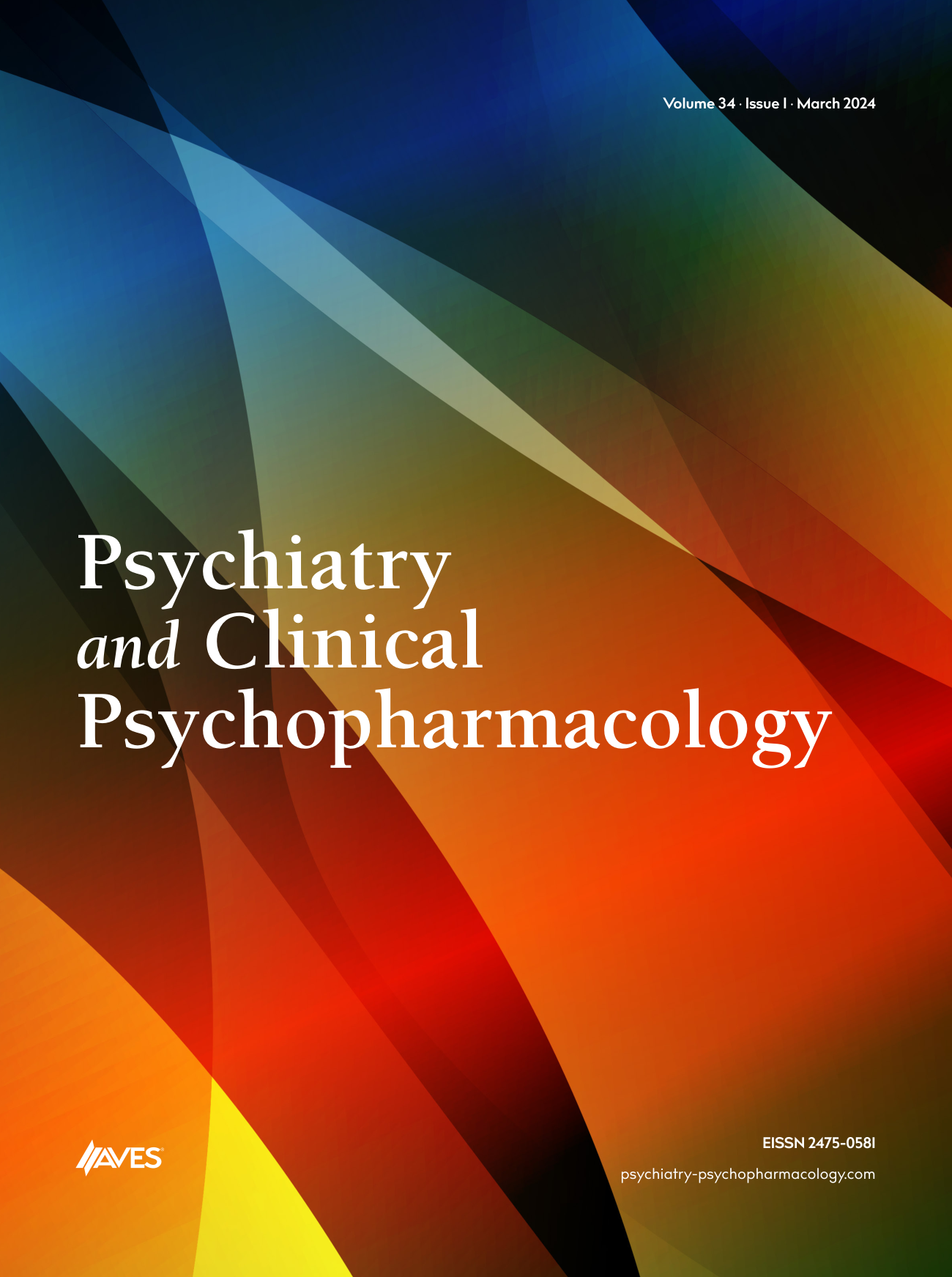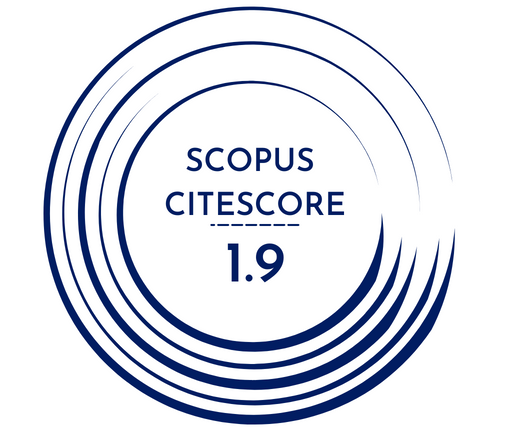INTRODUCTION: In the last five years, substances called “Spice” in Europe, “K2” in the United States, and “Bonzai”, “Jamaika”, “Jamaika gold” or “Jamaika supreme” in Turkey are available and widely used, especially by young people1 . In the present study, we investigated differences in brain regions in a group of synthetic cannabinoid users who had been abstinent for at least 7 days, in comparison healthy controls who had never used cannabis. We hypothesized that SC users would have volume reductions in the areas which have a large number of cannabinoid receptors.
METHODS: Participants: We analyzed the medical records of patients that were treated in an addiction clinic in Istanbul between January 2013 and December 2014. The medical records of 35 patients were evaluated, and 15 were excluded due to lack of sufficient data. All participants were diagnosed as having cannabis use disorder, based on DSM-V, by two separate psychiatrists. The data derived from patient records included sociodemographic data, including sex (male/female), age, marital status, duration of education, age at first cannabis and SC use, duration of use (months), duration of problematic use of SCs (month), weekly frequency of SC use in the last year, weekly number of SC uses in the last year, and the presence of criminal records. The study was approved by the Ethics Committee of Uskudar University. All participants in the study were male and right-handed and all had complete biochemical examinations and urine toxicology tests. Twenty healthy males who fulfilled inclusion criteria and were matched in terms of age, level of education, and sociodemographic status with substance users enrolled and were grouped as controls in the study. Participants who had another axis-I psychiatric disorder, a past or current substance use disorder other than nicotine, or neurological disorders were excluded. Patients’ depressive symptoms and anxiety symptoms were assessed by the Beck Depression Inventory (BDI) and Beck Anxiety Inventory (BAI), respectively. The psychological symptom patterns of the patients were assessed by the Symptom Checklist-90 (SCL-90). Structural Magnetic Resonance Image Acquisition: Imaging was performed on a 1.5T MR scanner (Achieva, Philips Healthcare, Best, The Netherlands) with a SENSE-Head-8 coil at NPISTANBUL Neuropsychiatry Hospital, Istanbul. T1-weighted MPRAGE sequence was employed as high resolution anatomical scan (voxel size 1.25/ 1.25/ 1.2 mm; 130 slices; field of view 240 mm). VBM Analyses: We examined the between-group differences in gray matter volume by using VBM. Data were processed and examined using the SPM software (Welcome Department of Imaging Neuroscience Group, London, UK; http://www.fil.ion.ucl.ac.uk/spm) and the VBM8 Toolbox (http://dbm.neuro.uni-jena.de/vbm.html) with default preprocessing parameters. Adaptive Nonlocal Means (SANLM) and a classical Markov Random Field (MRF) model were applied to the images in order to remove inhomogeneities and to improve the signalto-noise ratio. Registration to standard MNI-space consisted of a linear affine transformation and a nonlinear deformation using highdimensional DARTEL normalization. Subsequently, analyses were performed on segmented GM images, which were multiplied by the non-linear components derived from the normalization matrix to preserve actual GM values locally (modulated GM volumes). To check the quality of the normalization procedure, the normalized unsegmented images were visually inspected. Sample homogeneities were controlled using covariance to identify potential outliers. Lastly, the segmented and modulated images were spatially smoothed with an 8 mm full-width, half-maximum Gaussian kernel.
Data Analyses: The two groups were compared using the independent sample t-test, as implemented in the SPM second-level model. To account for differences in brain sizes, total intracranial volumes were entered in the model as covariates. The clusters were deemed significant if they survived FEW correction at p level of 0.05 (cluster forming threshold=20 voxels). Finally, to identify the associations between structural abnormalities and clinical scales, we conducted voxel of interest (VOI) analyses on cerebral tissues where group differences were identified. These areas were extracted using the MarsBaR toolbox and transferred to SPSS statistical software (SPSS Inc., Chicago, IL, USA) for further analysis. Pearson’s correlation coefficients were computed between the extracted VOIs of the activated clusters and outcome variables. Descriptive analyses were presented using means and standard deviations for normally-distributed variables.
RESULTS: The SCs group consisted of twenty males who claimed SCs as their drug of choice, had used SCs for a minimum period of one year, or currently were using SCs five or more times per week. The MR scans were acquired on day 7 after the last SC usage. The comparison group consisted of 20 healthy males who had no history of psychopathology and use of any psychoactive drug. The sociodemographic characteristics of participants of the two study groups are presented in Table 1, and the clinical characteristics of SC users are presented in Table 2. Participants in the SCs group reported SCs as their drug of choice and did not report current use of other drugs, including alcohol. Comparing the control group with SC users, VOI analysis showed that regional gray matter density in both the left and right thalamus and left cerebellum was significantly decreased in SC users. There was no relationship between age at first cannabis and SC use, duration of use, weekly frequency of SC use in the last year, or the weekly number of SC uses in the last year with gray matter tissue density.
DISCUSSION: There is a very limited literature about SCs, and according to Papanti et al., most of the available reports on SCs were limited to retrospective toxicology surveys, case reports /case series, human laboratory studies assessing potential acute toxicological effects of SCs, and interviews/surveys focusing on self-reported harm/side effects identified among SC users3 . This is the first volumetric MRI study conducted in SC users that aimed to investigate the structure of the brain. Using VBM, we detected volume reductions in both left and right thalamus and left cerebellum in a sample of SC users, compared with the healthy control group. The thalamus functions as an information-processing and relay station; it is like a bridge for bidirectional signal flow between cortical and subcortical regions, links different cortical regions via trans-thalamic pathways, and is a point of convergence for fronto-striatal and cerebello-thalamo-cortical circuits4 . By demonstrating that use of SCs is associated with thalamic volume loss, the current findings raise the possibility that SCs may increase the likelihood of such abnormalities. On the other hand, cannabinoid receptors are highly expressed in the cerebellum, and deficits in cerebellar-dependent functions follow acute or chronic cannabis use in humans. These cerebellar-mediated processes are aberrant in schizophrenia and long-term heavy cannabis use, and lead to cognitive deficits that are similar to those in schizophrenia. The accumulating evidence suggests that cannabis use may lead to cognitive disturbances, psychotic symptoms, and specific regional brain alterations. Nonetheless, the effects of SC use on cerebellar structural integrity in SC users, with or without psychosis, have not been examined yet. Solowij et al. determined that cannabis use may have a relatively greater adverse effect on cerebellar white matter than schizophrenia5 ; however, we detected volume reduction in the left cerebellum in a sample of SC users, compared to a healthy control group. It is also unclear why no differences were found in other brain regions that are known for CB1 receptor expression. The results of the present study did not clarify if the differences between groups existed prior to the initiation of SC use, or if other variables, either not controlled for or unrecognized, contributed to the volume reduction in thalamus and cerebellum. In conclusion, we observed a gray matter density reduction in the right and left thalamus and lower gray matter density in left cerebellum among SC users, compared to healthy controls. Findings of this study need to be replicated with neuropsychiatric examination among both patients and controls in larger samples.



